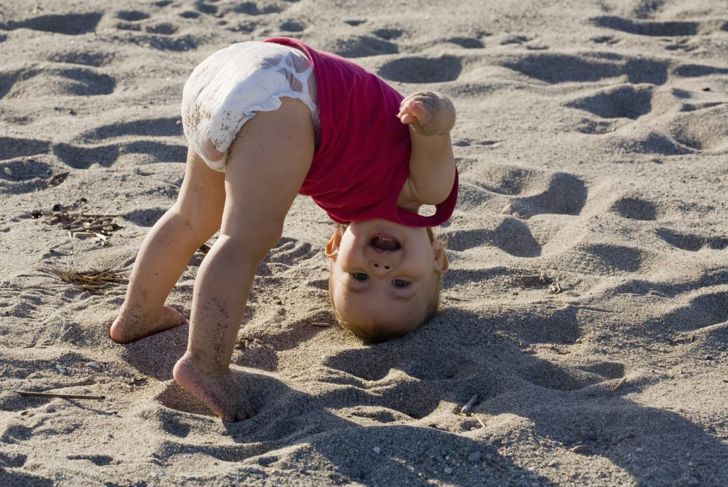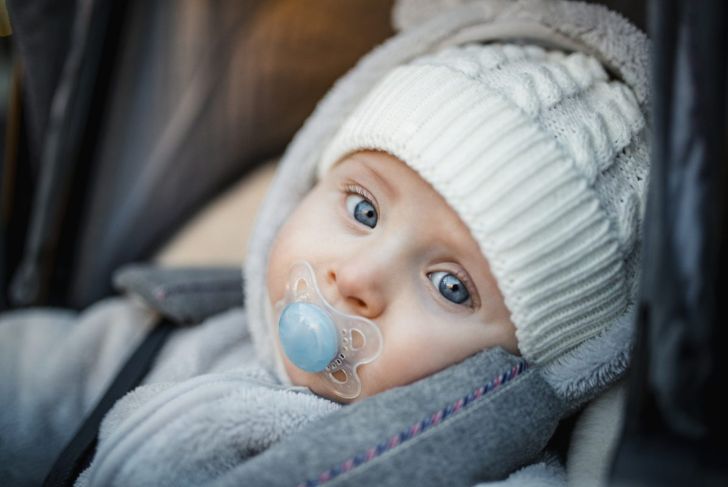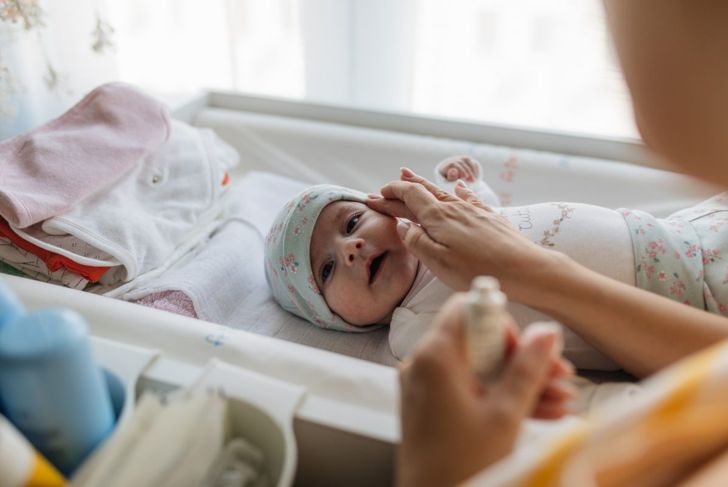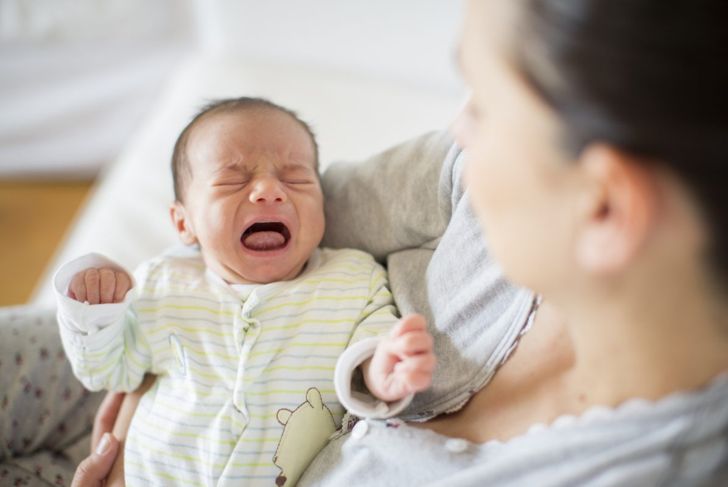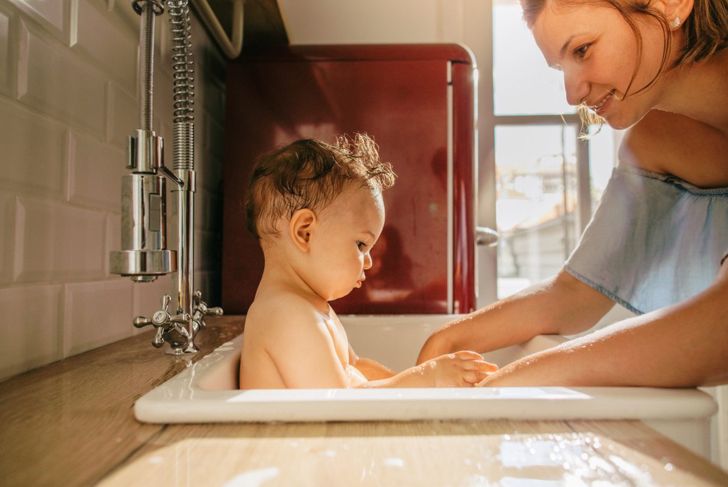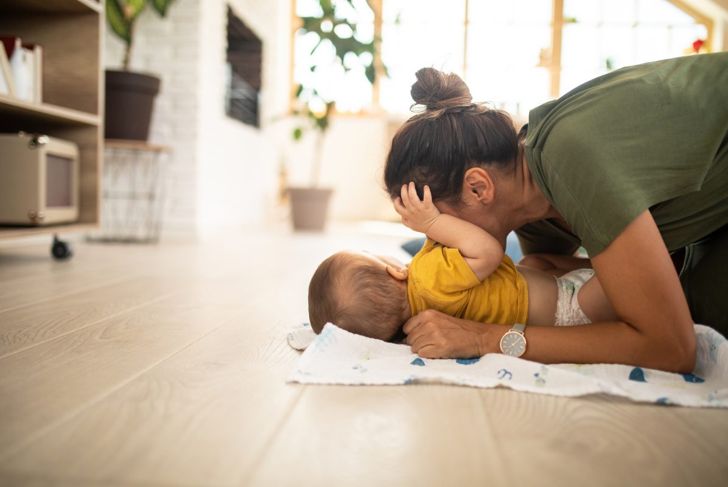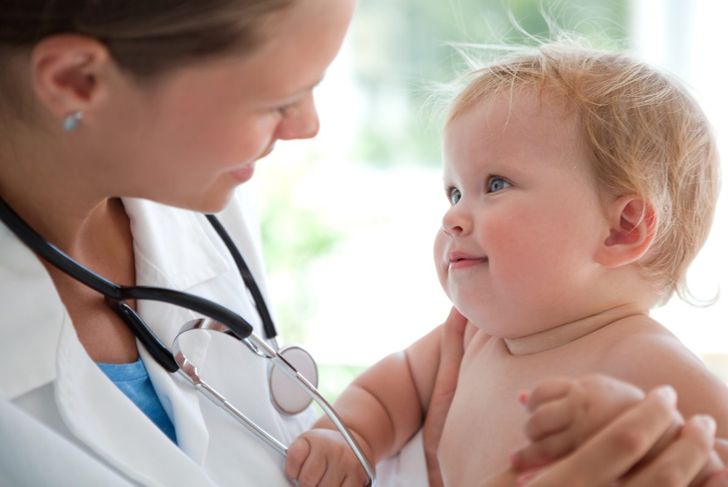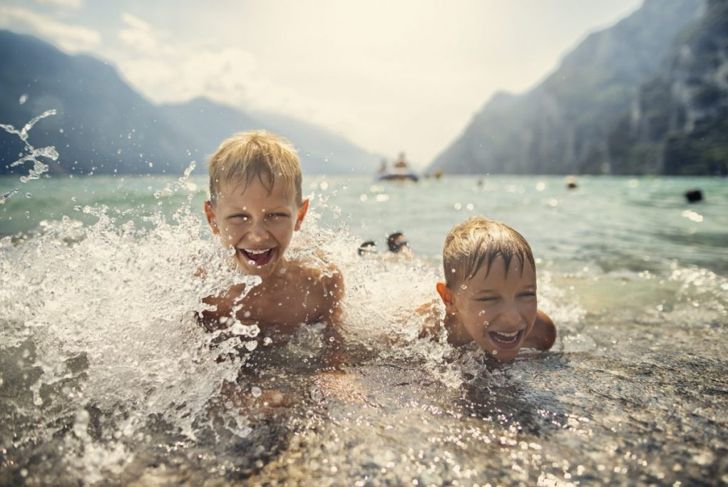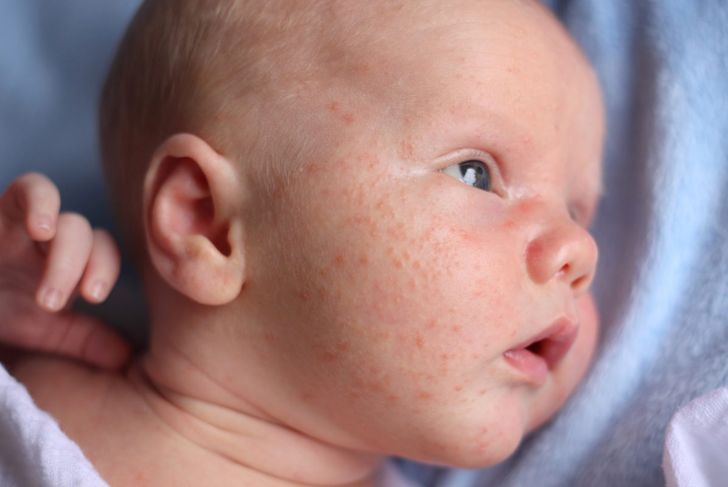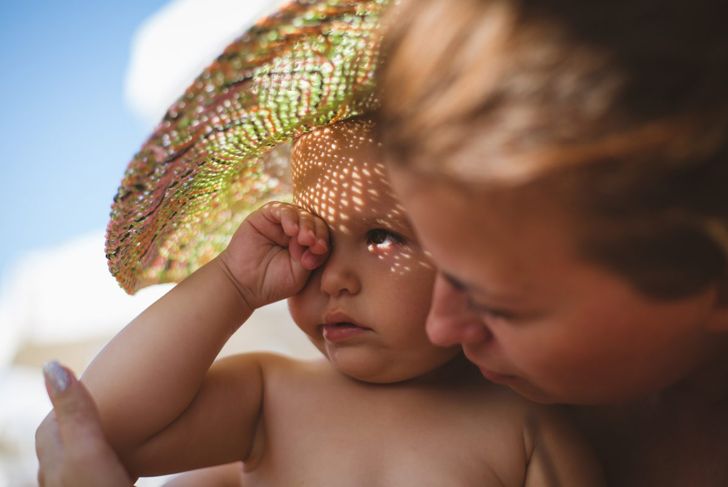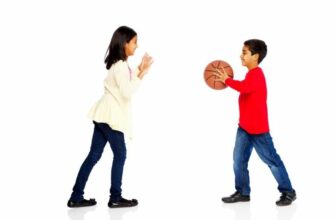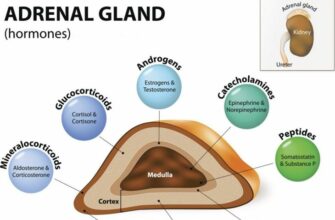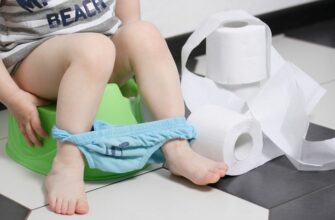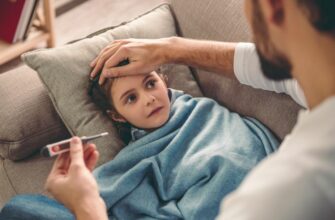Heat rash, also known as prickly heat, can affect people of every age but is most common in infants and small children, who are often less capable of regulating their body temperature and are at the mercy of others to dress them appropriately for the weather and keep them in comfortable conditions. Once your child is old enough to remove their jacket and let their caregiver know they are hot, the risk diminishes. When older children and adults do develop the condition, it is often while competing or training for an athletic event or playing hard in the heat of the day.
What is heat rash?
If you notice small red bumps on your child’s skin, they may have a heat rash. It can appear anywhere, but it develops most often in the skin folds and on the buttocks and neck. You can typically treat heat rash at home, but understanding a little more about the condition allows you to recognize when there may be a problem.
Heat rash in babies
A baby may develop heat rash during warm weather, but they can also develop it any time of the year if they are overdressed. If your baby develops pink or red rash underneath their clothing, they may be overheating. Place your hand against their skin in the affected area; are they damp with sweat, or is the underlayer of clothing closest to their skin damp? If so, they may have developed a heat rash and be too layered up.
What causes it?
Heat rash develops when the sweat ducts clog, preventing sweat from escaping. Instead, it becomes trapped under the skin, which causes inflammation — this is the rash you see. Heat rash is most common in babies who are overdressed or are exposed to hot, humid weather but can also result from fever or in newborn babies in incubators.
Symptoms of heat rash
The rash that develops may look red or pink, but on closer examination, you may see the small droplets of sweat trapped under the skin. They appear as tiny, fluid-filled dots. The fluid may be clear or cloudy-white. The rash can itch or cause a prickling sensation, which may cause your baby or child to be fussy and out of sorts.
Treatment
Treating heat rash is not difficult: you need to cool your child’s skin. Remove their clothing when possible, and dress them in loose cotton items that breathe and help keep them cool. Run a lukewarm bath, and use non-drying soap. After removing your child from the bath, allow them to air dry. Don’t use any creams or lotions without the recommendation of your pediatrician, as this could further block the pores. If your child is very uncomfortable, your pediatrician may recommend an over-the-counter hydrocortisone cream.
Prevention
The best way to prevent heat rash is to ensure your home is well-ventilated and kept at a moderate temperature. When dressing your baby, don’t put them in too many layers. They need the same type of clothing as an adult. Their hands may feel cool to the touch, but that doesn’t mean they are cold.
Complications
Heat rash is generally harmless, but an infection can develop in the rash. If you notice the red area becoming more inflamed or expanding, or your baby seems increasingly uncomfortable, visit the doctor. Once you begin treating heat rash, it should look better each day and resolve fully within seven days.
Other rashes that look similar
Once your baby is mobile, and they are exploring, it becomes more difficult to narrow down the cause of a rash. Contact dermatitis from exposure to poison ivy, poison sumac, or poison oak creates a widespread, itchy rash. Your child doesn’t need direct exposure to the plant; pets can bring it in on their fur, and even shared toys can carry the problematic oil.If your young child develops a rash after splashing and playing in the shallow water in a warm lake or pond, they may have cercarial dermatitis or swimmer’s itch. It is the result of parasites in the water making their way into the skin. Because humans aren’t a suitable host, the lifecycle of the parasite ends, and the rash goes away on its own. Wiping the skin with a towel when the child gets out of the water can remove any parasites clinging to the skin, and applying waterproof sunscreen may create an impenatrable barrier.
Other causes of rashes in babies
Babies and children can develop different rashes with different causes. They may develop what is known as newborn acne — small pink pimples that are harmless and clear up on their own. Erythema toxicum is slightly raised and red. It is also harmless and will clear up with no treatment. If your child’s rash doesn’t clear up in a few days , or they also have a fever, experience pain when urinating, lose their appetite, or have swelling on the face, contact a pediatrician.
Danger from overheating
While heat rash on its own is not dangerous, it can be an early warning sign that your child is overheating. If they are unable to cool themselves properly, which is a potential danger when the sweat ducts are blocked, they may develop heat exhaustion. This is a more serious condition that can lead to heatstroke, which is life-threatening.Cooling down your child should prevent heat exhaustion, but look for symptoms such as nausea or vomiting, fatigue, fainting, cold, clammy skin, and muscle cramps. If you notice any of these symptoms, or your child seems unwell, call a doctor.

 Home
Home Health
Health Diet & Nutrition
Diet & Nutrition Living Well
Living Well More
More